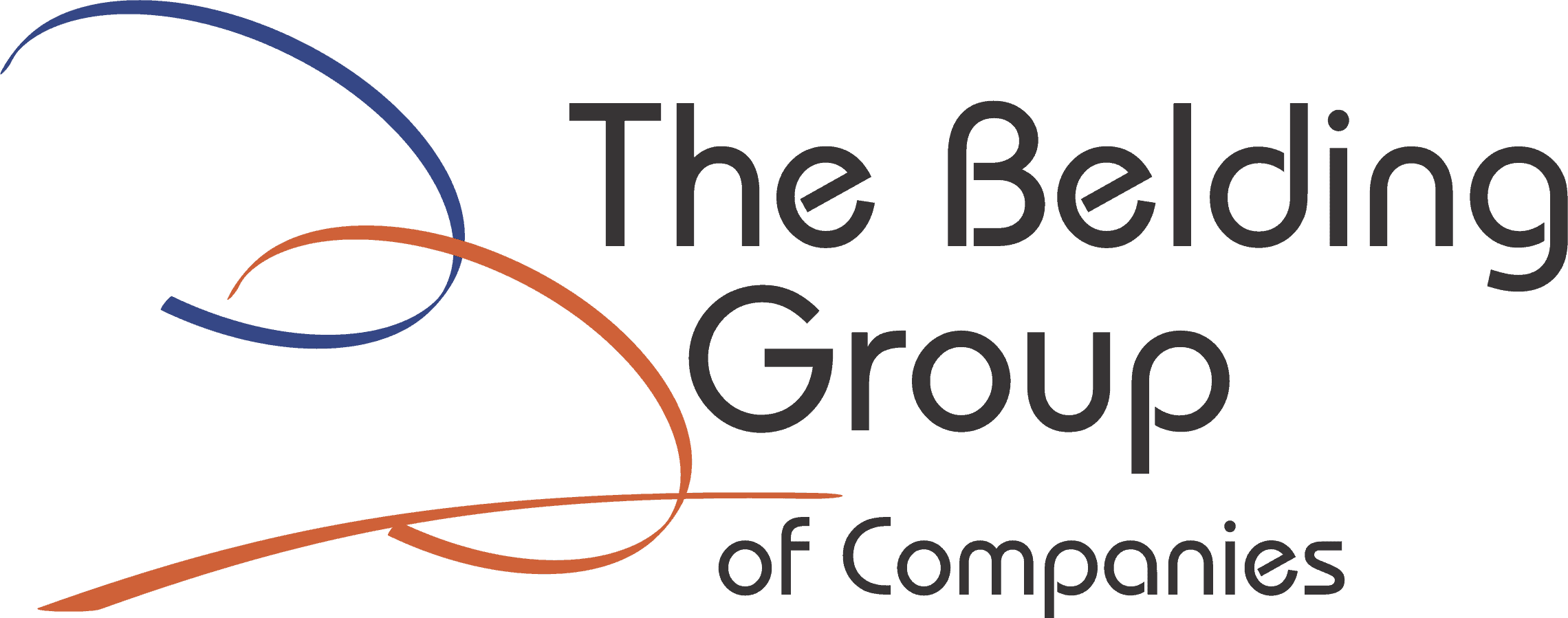Two years ago, in Winning at Work Volume 3, Chapter 19, we demonstrated how to calculate the real and potential financial cost of losing a customer because of poor customer service. The process involved calculating the estimated average Customer Lifetime Value (CLV) of a business, and then applying a multiplying factor created by negative word-of mouth. This multiplying factor is referred to as the “Ripple Effect.”
We used the example of a simple coffee shop to illustrate just how devastating one bad customer service experience can be to a business, with a potential loss over a five year period being as high as $33,000. That was just with one customer and one substandard experience. The implications for businesses that have many service failures were frightening indeed.
In the brief couple of years since Winning at Work Volume 3 was released however, the whole Ripple Effect calculation has been turned on its head. The cost of poor service should no longer frighten us – it should terrify us.
You see, the Ripple Effect calculation stemmed from research that was conducted in 1990, and it identified that the average person would tell between 8 and 20 others about a bad customer service experience. Back in 1990, though, there were no blogs, no Facebook, no Twitter, no YouTube, etc. In today’s world, when people have a bad experience, the potential number of people they can tell can run into the millions. A classic example is the recent posting on YouTube entitled United Breaks Guitars. How much ill-will did it create for United Airlines, do you suppose, when Dave Carroll’s catchy song generated over 6 million hits in a three week period? Why did he do it? Because of one, single and preventable service failure. The $33,000 loss a coffee shop might have suffered ten short years ago now seems like a drop in the bucket.
So here’s the question: How many customers does your company deal with each year? Hundreds? Thousands? Given the potential costs, how many of them can you afford to alienate? The point of all this is that – as unrealistic as it sounds – anything less than a 100% customer satisfaction rate can prove to be catastrophic for an organization.









